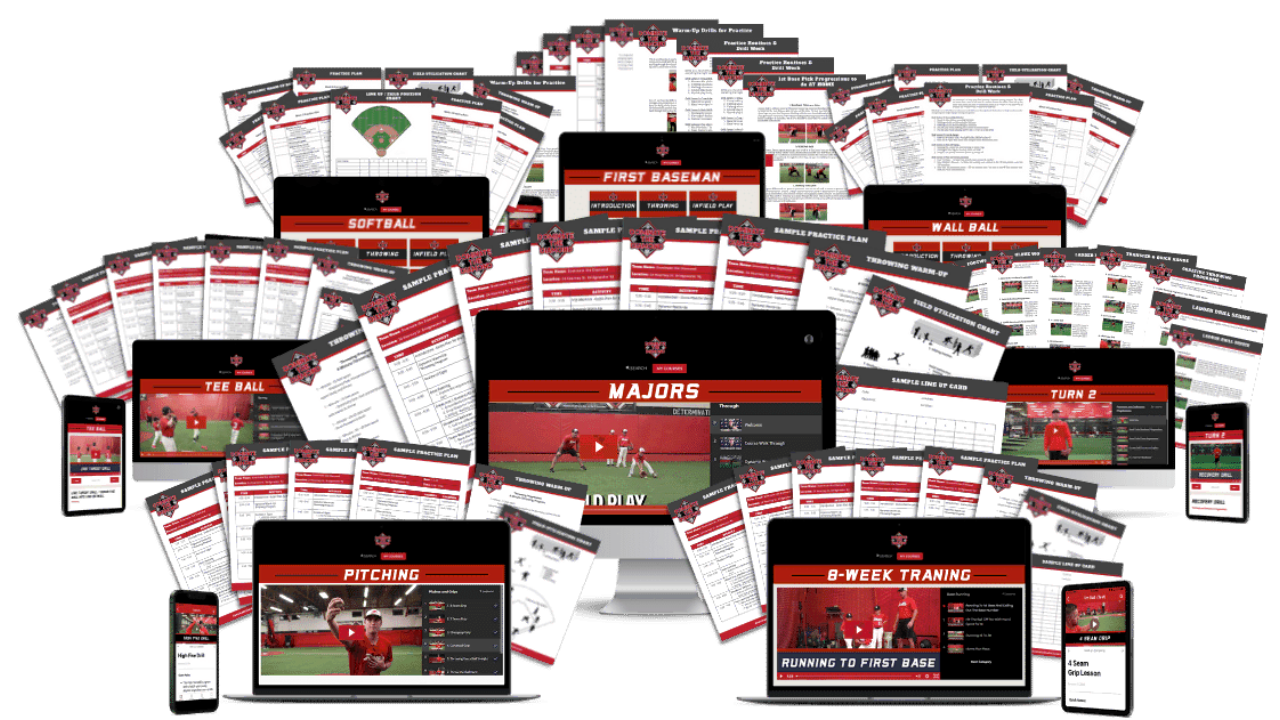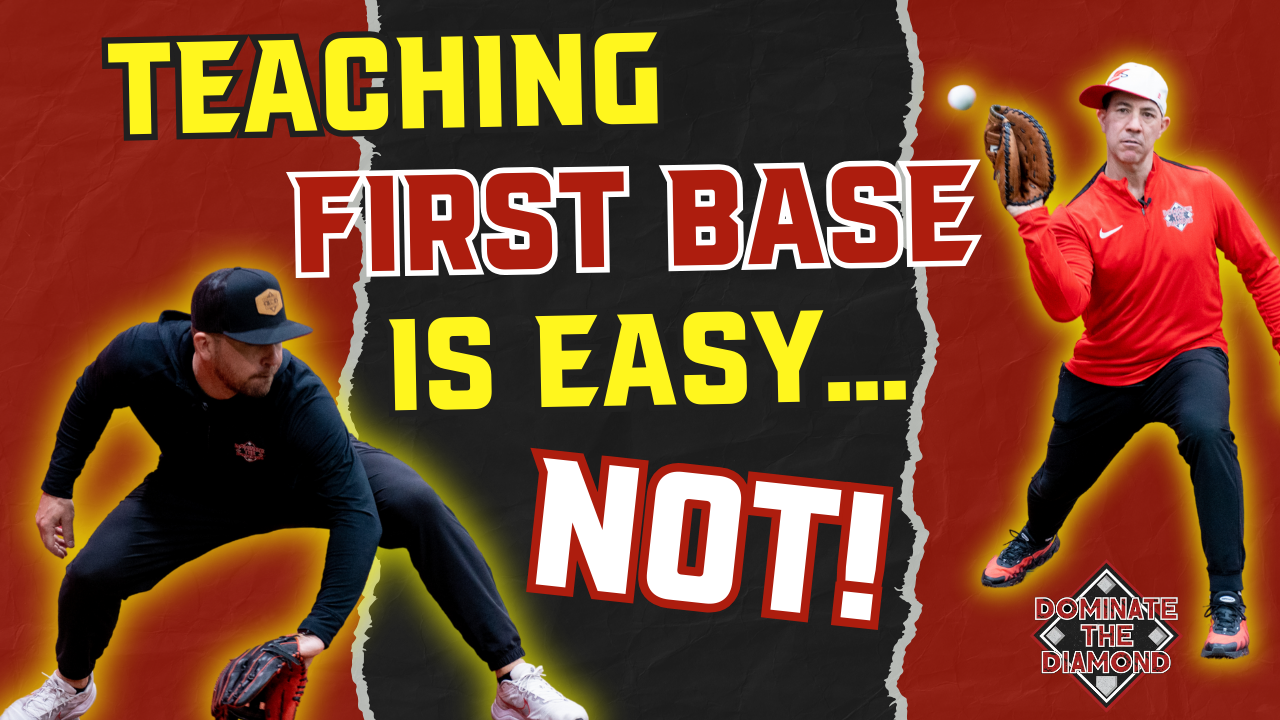The best ways to hold runners on base in baseball

Coach Duke Baxter and Steve Nikorak explains how to hold runners on base and stop them from advancing to second and third once they are on first. It is extremely difficult for the catcher to throw runners out, so pick offs at second base are very important to good defense. Timing plays and decoy moves show the runners that stealing is not constantly an option.
The first move happens when there is a runner on second. The pitcher will look back at the runner on second before performing the "leg over" move. This means that as they lift their leg to "pitch", they actually turn around and throw to the shortstop who is covering second. The important part about this move is that they do not lift their leg and put it back down. Instead, the leg is lifted and the pivot happens before the leg touches the ground again. During this attempt, throwing the ball is not always necessary. Sometimes the pitcher can move toward the third base line and catch the runner in a rundown. Other times, the runner is taking a big lead and can be picked off at second. When performing the leg over move, the goal is to keep the beginning looking identical to a pitch set up so the runner does not see a difference.
The second move is the daylight play. The daylight play happens between the shortstop and the pitcher when there is a runner on second. The pitcher gets set, looks at the shortstop, looks home, and looks back a final time. During this look back, the shortstop will flip his glove facing the pitcher to which the pitcher spins and fires the ball to the shortstop to try to get a pick. If the shortstop never flashes his glove, the pitcher just throws home.
Another play is the A,B, or C move. There is the bad move, the good move, and the delayed move. The goal with these plays is to bore the runner. The bad move is when the pitcher gets set and steps to throw to the runners base at a pretty slow speed to get the runner to go back to the base. It also makes the runner think that this is his only move. The good move is when the pitcher gets set, and hops their feet and throws to the base. This is significantly quicker than the bad move and catches the runner off guard when all he has seen is a slow pace. The third play is a hold where the pitcher just stares down the runner for three seconds before quickly jumping into place and throwing the ball. By doing this, the pitcher can see how the runner is reacting and if he is moving closer to the next base.
Get free access to video trainings and ready-to-use template downloads for first time coaches.









